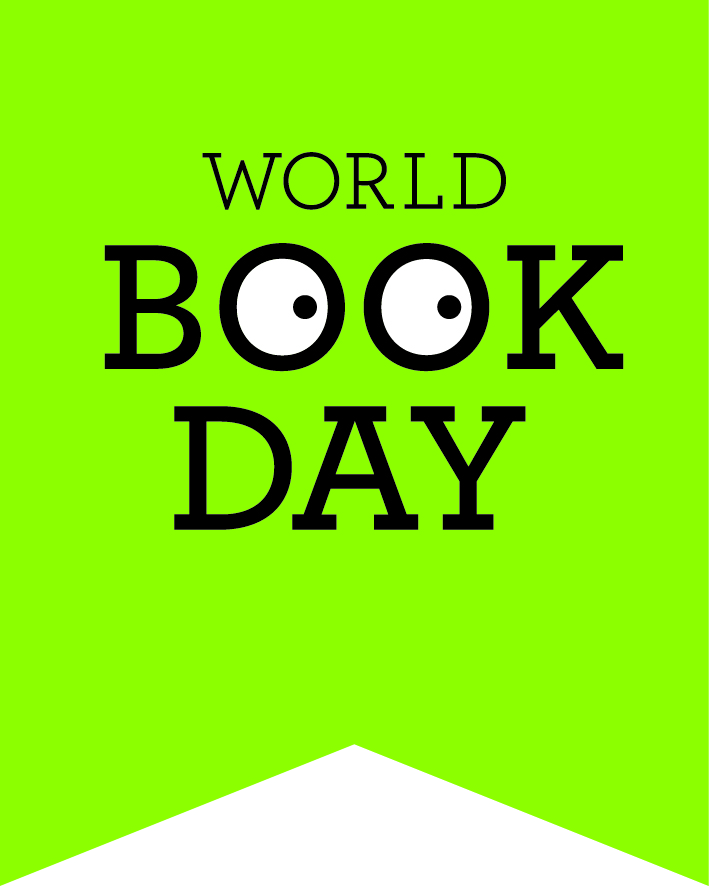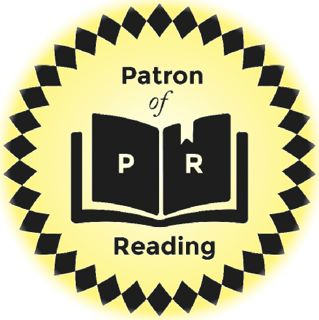
9. Making it all look good
The designer's job
It's time to bring the words and pictures together ...
A book isn't a book until the words and pictures have been set out to make the pages look the way they should. The person who does that is the designer.
Most children, and many adults, don't appreciate the vital job of a designer. It took me a long time before I thought of a short, simple way to describe what a designer does. Here it is: a designer makes everything look good. That makes their job sound simple, but it isn't.
Giving the book its look
No-one wants to read a book where the words are too small (like this) or where the pictures are squashed into the corner. It's the designer's job to make the words and pictures fit together, from the front cover all the way to the back page.
A typical main page in a children's non-fiction book is like a jigsaw puzzle. It's made up of different pieces – words, illustrations, photographs, panels with extra information, and so on. It's only after all the pieces have been arranged, so they fit neatly together, that the page starts to look like it's finished.
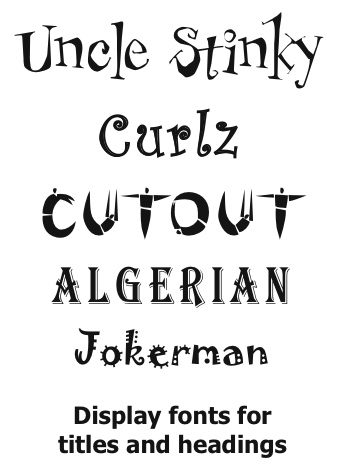
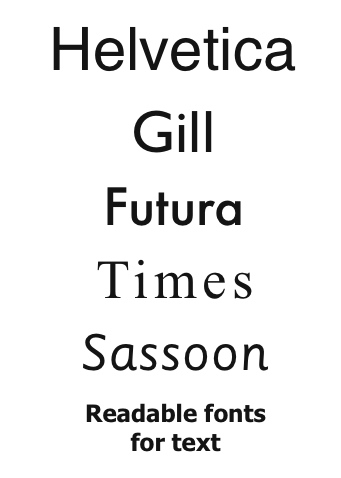
This is what the designer works with:
- Text. My text after it has been edited.
- Illustrations. The designer usually starts off with the illustrator's pencil drawings. Eventually, these are replaced with the finished artwork (the coloured-in illustrations).
- Photographs. Sent from the picture researcher and photographer.
This is what the designer does:
- Chooses the font or typeface. A display font is used for the book title and chapter headings. An easy-to-read font is used for the words on the pages.
- Makes the page layouts. This is when the text, illustrations and photographs are set out on the pages. It's done on a computer using page-layout software.
- Creates the cover.
- Gets everything ready to be sent off to the printer.
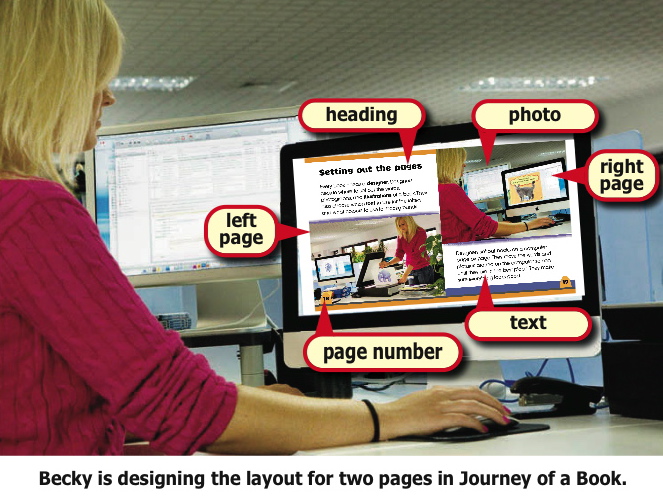
A set of page layouts are sent to me to check. This is my first chance to see how the book is starting to look, with the text and pictures in place on the pages.
At this point I write captions for the pictures and compile the index (if it's a big book with lots of pages, the layouts might be sent to an indexer to compile the index).
Most times I'm very pleased with what I see, but sometimes I see things in the layouts I feel should be changed.
For example, if I think I need more room to write about something, or if I think a picture is in the wrong place (or just plain wrong), I say so, and the designer produces a new layout.
I'm not the only person who checks the page layouts – the editor does, too. It might take a lot of changes, but between the three of us – author, editor, designer – we finally come up with layouts that we're all happy with. The final set of layouts are the finished design.
The book is now ready to be printed, and it's handed over to a printing company. Where in the world do you think it's printed? You might – or might not be – surprised. You'll find out about the printing process on page 10.
Top and bottom images © Capstone Global Library Ltd





